Many of my posts this year focused on character development. In this lesson, I want to touch on research.
Get to “know” your characters through research…
In a character driven novel, the writer must learn what makes the character act a certain way. By the time I start a novel, I know my character as I might know a friend. I’ve interviewed them, filled out character question forms, studied their personality type, have visual images of them, and often hear them speaking in my head. No, I’m not crazy because my characters talk to me. I know them well enough to anticipate how a conversation might flow and how they might react in a certain setting or circumstance. I’ve done my research.
We can study books written about developing characters. We find help on the Internet, in other novels, and via personality tests. Some authors use the Myers-Briggs personality test to decide how a character might respond. Another psychological formula is the Enneagram of personality. I’m sure you could find others with a web search. These types of tests dig deep into the reactions and actions of people based on their emotional traits. They also help to show how characters will interact with each other.
If someone passes on a form or you look something up on a website, print a copy, or bookmark it on your computer. You might use it many times. I use some of author Kathy Carmichael’s website tools to assist with novel and character development. She gave me permission to pass along parts of her information as I wrote these lessons. Colleen Coble handed out lists of character traits and questions for character interviews at a writers’ conference. She granted me permission to use them for teaching. I appreciate their assistance. There are many tools available. Dig into the sources you find. Use a wide range of tools to create unforgettable characters and story worlds.
Research can also help you create realistic settings…
Sci-fi and historical stories have different worlds, but even contemporary stories come alive when the setting is vivid. You’ll need to plan and research for accuracy. Create a method of storing ideas, pictures, or information about that world and its people.
Pictures help me learn about my characters and about their story world. In my current work, the hero is a kayaker and a river rafting guide. I visited a location where I could take pictures of kayakers and the river rapids. Now, when I write a river scene, I’ll try to reproduce those pictures via words. I post the pictures on a bulletin board beside my computer so I have a visual reminder as I create a story and location.
In a previous book, I needed pictures of the town, a church, furniture inside a big house, and a quilt pattern for each bed. I combed through Internet sites and magazines for ideas. In this fictional story world, there might be a woodland scene from a photo I took, a fireplace I found on the web, or a kitchen from a magazine. I piece them together to create the world I want the reader to see. This type of research adds depth and details to your location and your characters.
At times, it may help to interview real people if we need to learn about their profession or some place we want to include. This can especially be true in historical novels or in some field where you have little experience. Most people are happy to answer your questions. Be sure to thank them and give credit for their assistance when you publish the novel.
- Collect pictures of people from magazines and keep them in a folder. Use them to decide on hair color, facial shapes, voices, and the personality of your character.
- Keep photos of various places and things—mountains, beaches, woodlands, lakes, seascapes, houses, furniture, or any item that might fit with a writing theme you have in your head.
Exercise: Write a scene using a picture of a location. Show your character’s emotions in that place using what you’ve learned about showing vs. telling. Are they happy, sad, afraid, etc.? Use dialogue or show their thoughts about where they are or what they’re doing. Is the place peaceful, noisy, frightening, isolated, challenging, etc.?
…And don’t forget to visit the contest site and get started on your entry!
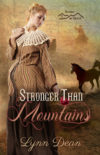
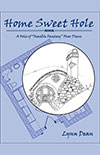

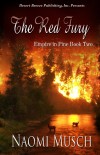
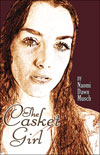
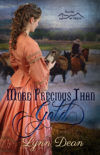
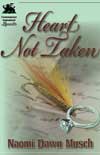
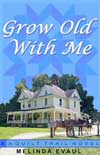
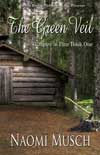

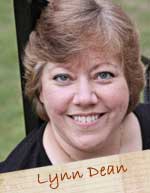


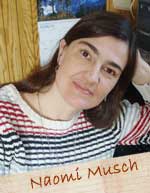

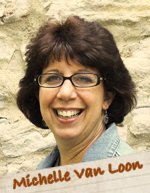
Speak Your Mind
You must be logged in to post a comment.